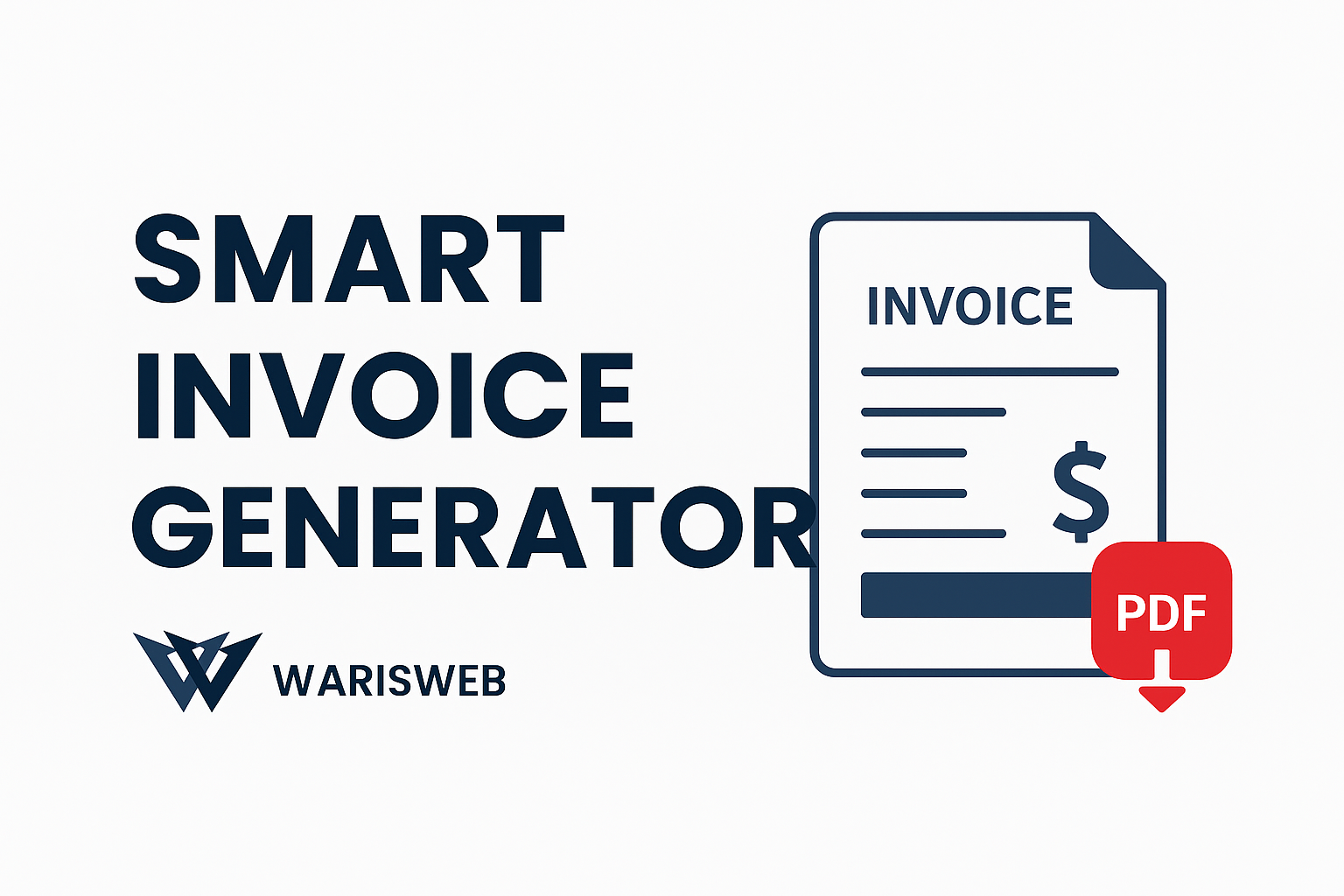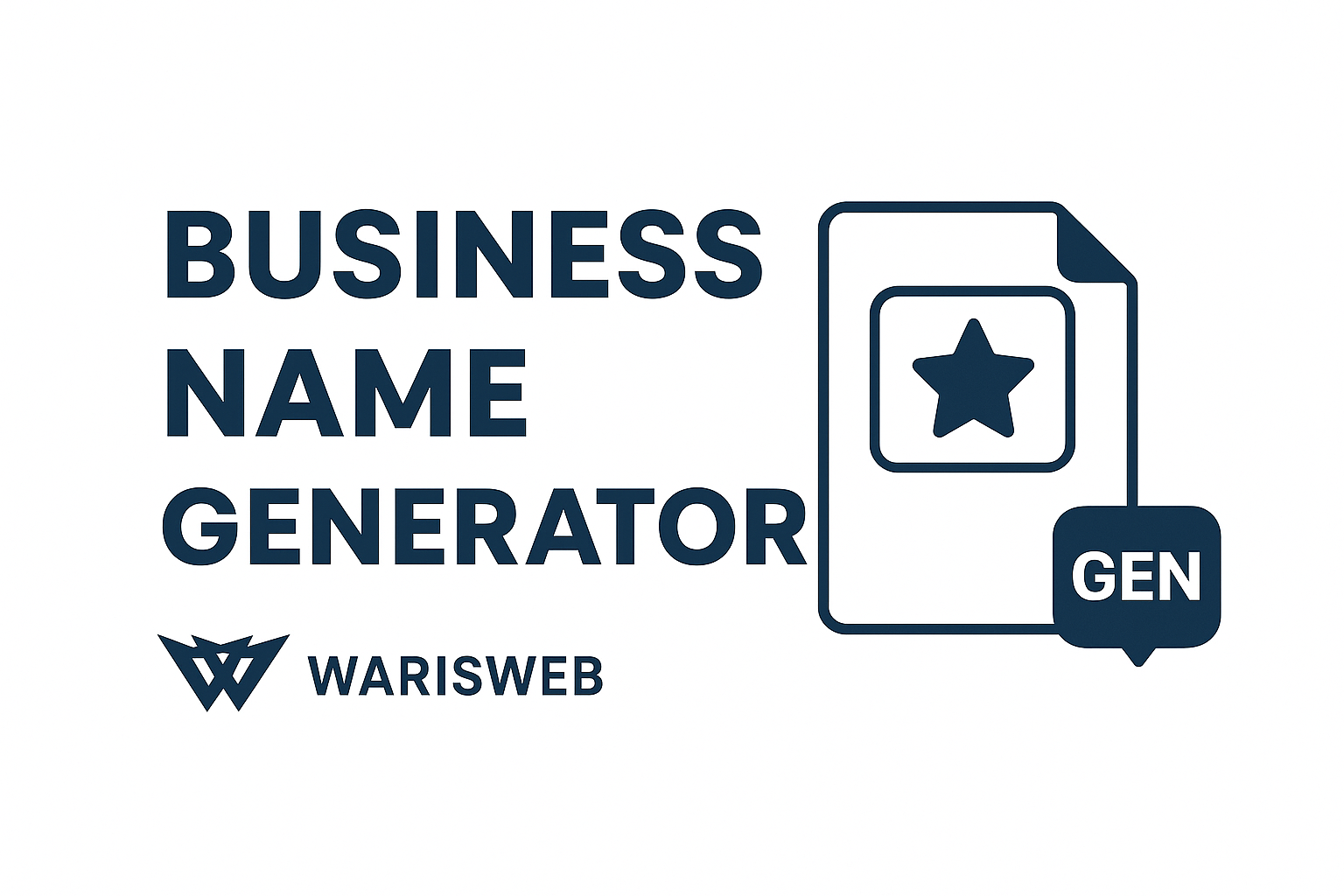Free Machine Learning Courses for Beginners (Hands-On Projects) – 2025

Machine learning isn’t just a buzzword anymore—it’s the driving force behind everything from Netflix recommendations to self-driving cars. And here’s the exciting part: you don’t need to spend thousands of dollars or have a PhD to start your ML journey in 2025.
I’ve been watching the machine learning education space evolve, and honestly, we’re living in the golden age of free learning resources. The barrier to entry has never been lower, and the quality of free content rivals what you’d pay premium prices for just a few years ago.
Whether you’re a complete beginner wondering where to start or someone looking to pivot into tech, this guide will walk you through the best free machine learning courses that actually teach you to build real projects—not just theory.
Why Learn Machine Learning in 2025?
Let’s be real about why everyone’s talking about machine learning careers. The numbers tell a compelling story.
Machine learning engineers are earning an average of $156,281 per year according to Glassdoor, with some sources reporting even higher at $168,730. But it’s not just about the money. The field has grown by 53% since 2020, and industry predictions show the AI and ML market is expected to reach $20 billion by 2025.
Here’s what makes 2025 particularly exciting for aspiring ML practitioners:
The demand is genuine and growing. Companies aren’t just hiring ML engineers for tech giants anymore. From healthcare to finance, retail to manufacturing, every industry needs professionals who can make sense of data and build intelligent systems.
The tools have become incredibly accessible. Remember when you needed expensive software licenses and powerful hardware to do machine learning? Those days are gone. Google Colab gives you free GPU access, and most ML libraries are open source.
Free doesn’t mean low-quality anymore. The courses I’m about to share with you are created by Stanford professors, Google engineers, and other industry experts. They’re giving away knowledge that would have cost thousands in traditional education settings.
Best Free Machine Learning Courses for Beginners (2025)
After testing dozens of courses and talking to people who’ve successfully transitioned into ML careers, here are the ones that consistently deliver results.
Google’s Machine Learning Crash Course (MLCC)
Google’s MLCC isn’t just another corporate training program—it’s genuinely one of the best starting points for beginners. What sets it apart is how practical it is from day one.
What makes it special:
- Interactive exercises that you complete right in your browser
- Real datasets from Google’s own projects
- TensorFlow basics taught in a beginner-friendly way
- Self-paced learning with practical coding exercises
The course doesn’t overwhelm you with mathematical proofs. Instead, it focuses on getting you comfortable with the fundamental concepts while building actual models. You’ll work with housing price predictions, image classification, and other real-world scenarios.
Time commitment: About 15 hours total, but you can spread this over weeks.
Perfect for: Complete beginners who want to start coding immediately rather than getting lost in theory.
Coursera – Machine Learning by Andrew Ng (Free Audit)
This course is “undoubtedly the best course to start with for newcomers” and is “built and taught by Stanford professor Andrew Ng as a comprehensive beginner’s introduction”. I’ve personally recommended this course to countless people, and it’s the one that consistently gets people from zero to understanding the fundamentals.
Why it’s legendary:
- Andrew Ng explains complex concepts in simple terms
- Strong theoretical foundation that you’ll appreciate later
- Programming assignments in both Octave/MATLAB and Python
- Covers everything from linear regression to neural networks
Yes, the course uses Octave instead of Python for some assignments, and yes, some people complain about this. But here’s the thing—learning the concepts in a simple environment like Octave actually helps you understand what’s happening under the hood better than jumping straight into complex Python libraries.
Time commitment: 11 weeks, about 5-7 hours per week.
Perfect for: People who want to truly understand how machine learning works, not just how to use existing tools.
Kaggle Micro-Courses
If you’re someone who learns better through bite-sized lessons and immediate practice, Kaggle’s micro-courses are brilliant. Each course takes just a few hours, but they’re incredibly focused and practical.
The standout courses include:
- Intro to Machine Learning
- Intermediate Machine Learning
- Data Visualization
- Feature Engineering
- Model Interpretation
What I love about them:
- Every lesson has hands-on exercises with real datasets
- You work directly in Kaggle notebooks (no setup required)
- Immediate feedback on your code
- Certificates that actually carry weight in the data science community
The beauty of Kaggle’s approach is that you’re learning with the same tools and datasets that professionals use in competitions. It’s as close to real-world experience as you can get without having a job.
Time commitment: 2-4 hours per micro-course.
Perfect for: People who want to build a portfolio of projects quickly and learn by doing.
Fast.ai Practical Deep Learning for Coders
Jeremy Howard and Rachel Thomas have created something special with Fast.ai. Their philosophy is “show first, explain later,” which means you’ll be building state-of-the-art models in your first lesson.
What makes it unique:
- You build a working image classifier in lesson 1
- Top-down teaching approach (big picture first, details later)
- Focus on practical applications over academic theory
- Strong emphasis on ethics in AI
This isn’t your traditional academic course. You’ll start by using pre-trained models to solve real problems, then gradually dive deeper into how everything works. It’s the opposite of most courses that make you learn linear algebra before you can classify a single image.
Time commitment: 7 weeks, but each lesson is packed with content.
Perfect for: People who want to build cool projects quickly and prefer learning through experimentation.
MIT OpenCourseWare – Introduction to Machine Learning
If you want the full MIT experience without the MIT price tag, this is it. The course materials are exactly what MIT students use, including lecture notes, assignments, and exams.
What you get:
- Rigorous academic treatment of ML algorithms
- Deep dive into the mathematics behind the methods
- Problem sets that challenge your understanding
- Access to all lecture videos and materials
Fair warning: This is the most challenging course on this list. MIT doesn’t hold your hand, and the mathematics can be intense. But if you complete this course, you’ll have a deeper understanding of ML than most practitioners.
Time commitment: This is a full semester course, expect 10-15 hours per week if you’re doing it seriously.
Perfect for: People with strong math backgrounds who want academic rigor and aren’t intimidated by challenging problem sets.
Best Platforms Offering Free ML Projects
Learning theory is one thing, but building projects is where you really develop your skills. Here’s where to find datasets and project ideas that will strengthen your portfolio.
Kaggle Competitions are the gold standard. Even if you don’t win (and you probably won’t at first), participating in competitions exposes you to real-world messy data and teaches you to think like a data scientist. Start with “Getting Started” competitions—they’re designed for beginners and have tons of tutorials.
Google Colab has become my go-to recommendation for beginners. It’s free, requires no setup, and gives you access to GPUs for training larger models. The best part? You can share your notebooks easily, which is perfect for building a portfolio.
GitHub project repositories are treasure troves of project ideas. Search for “machine learning projects for beginners” and you’ll find hundreds of ideas with starter code. Fork a project, modify it, and make it your own.
Pro tip: Don’t just follow tutorials step-by-step. Try to modify the projects in meaningful ways. Change the dataset, try different algorithms, or add new features. This shows potential employers that you can think independently.
How to Get the Most Out of Free ML Courses
I’ve seen too many people start courses with enthusiasm only to abandon them halfway through. Here’s how to actually finish and retain what you learn.
Practice daily, even if it’s just 30 minutes. Consistency beats intensity every time. It’s better to code for 30 minutes every day than to do a 6-hour session once a week. Machine learning concepts build on each other, and regular practice helps reinforce the connections.
Join communities where you can ask questions. Reddit’s r/MachineLearning and r/LearnMachineLearning are incredibly helpful. Discord servers like the Fast.ai community are also great for real-time help. Don’t be afraid to ask “stupid” questions—everyone was a beginner once.
Document everything in a GitHub portfolio. Every project you complete, every interesting finding you make, every challenge you overcome—put it on GitHub with clear documentation. This becomes your portfolio when you start job hunting. Write README files that explain what you did, why you did it, and what you learned.
Focus on understanding, not just completing. It’s tempting to rush through courses just to say you’ve finished them. But employers don’t care about your course completion certificates—they care about whether you can solve problems. Spend extra time on concepts that confuse you.
Build projects that interest you personally. The courses will give you the foundation, but your passion projects will give you the motivation to keep learning. Love sports? Build a model to predict game outcomes. Into music? Create a recommendation system for songs.
The Reality Check: What to Expect
Let me be honest about what free courses can and can’t do for you.
Free courses are fantastic for: Learning fundamentals, getting hands-on experience, building initial projects, and figuring out if you enjoy machine learning work.
They’re not enough for: Landing senior positions immediately, understanding cutting-edge research, or becoming an expert in specialized areas like computer vision or NLP.
Most people who successfully transition into ML careers use free resources as their foundation, then supplement with specialized courses, books, and real-world projects. Think of free courses as your starting point, not your destination.
The job market is competitive, but it’s not impossible. With machine learning engineer salaries averaging around $155,000 per year and senior roles reaching $220,000+, the financial incentive is clear. But remember—these salaries reflect the value companies place on ML skills, which means they expect a high level of competency.
Your Next Steps
If you’re ready to start, here’s my recommended path:
- Start with Google’s ML Crash Course to get a feel for the field
- Take Andrew Ng’s course for solid foundations
- Complete 2-3 Kaggle micro-courses while working on projects
- Build your first independent project and document it thoroughly
- Join ML communities and start networking
The most important thing? Start today. Not next week, not next month. Pick one course from this list and complete the first lesson. Machine learning might seem intimidating from the outside, but once you start building your first model, you’ll realize it’s more accessible than you thought.
The technology industry changes rapidly, but the fundamental skills you’ll learn from these courses—problem-solving, critical thinking, and the ability to work with data—will serve you well regardless of which specific technologies become popular.
Remember, every expert was once a beginner. The only difference between you and someone working as an ML engineer is that they started learning before you did. But you can start today, and in 2025, you have better free resources than they ever did.
Frequently Asked Questions?(FAQ's)
Free courses provide an excellent foundation and can definitely help you land entry-level positions, especially when combined with strong personal projects. However, for more advanced or specialized roles, you’ll likely need additional learning through books, research papers, or paid specialized courses. The key is building a portfolio that demonstrates your practical skills.
Many do! Google’s MLCC, Kaggle micro-courses, and some Coursera courses (when audited) offer certificates. However, remember that employers care more about what you can build than what certificates you have. Focus on developing real skills and projects.
Python is absolutely the way to go. It’s “the most used language in machine learning” and engineers commonly use “Jupyter Notebooks and Python together”. If you’re completely new to programming, spend a few weeks learning Python basics before diving into ML-specific content.
Absolutely! Most quality courses (especially Kaggle, Fast.ai, and Google MLCC) are built around hands-on projects with real datasets. You’ll work on everything from predicting house prices to classifying images. These projects can become the foundation of your portfolio.








